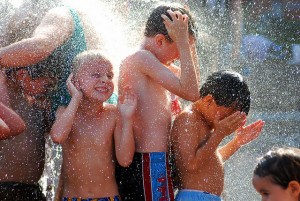
Somehow, our society has lost touch with the importance of play. We talk a good game (“Play is the work of childhood“) but our actions (reducing recess, eliminating playground football, making playgrounds so safe that kids find them boring) betray our true intentions. As a society, it seems, we want our kids to be safe, quiet and non-obtrusive.
I think that’s a shame. Kids NEED to play — loudly, freely and often — in order to develop optimally.
Consider:
- UNICEF and the United Nations consider play a universal right for all children
- The American Academy of Pediatrics is so concerned about decreasing playtime for children that they’ve been releasing journal articles about the importance of play since at least 2007
- Numerous research studies draw a link between active play and academic success. Our schools might be decreasing recess to make time for extra study, but lots of good science suggests that move to be unenlightened.
- Play promotes healthy bodies and healthy brains.
- Play allows children to master their fears, try new roles and expand their imagination and worldview.
- Play — especially child-directed play — helps kids develop social skills, including conflict resolution skills and self-advocacy skills
- Play also helps kids develop patience, a sense of belonging and essential communication skills
So why aren’t we letting our kids play? As far as I can see, the answer boils down to two concerns:
- Fear of injury
- Adult inconvenience
Let’s tackle those one-by-one.
For kids, play has no real downside — except for the fact that they might get hurt, physically or emotionally, during play.
Understandably, we want to keep our kids safe. Every single parent I know wants their children to grow up safe and healthy, and every kid-related institution I know (schools, daycare centers) want kids to remain safe because 1) they’re genuinely concerned about the kids and 2) they’re scared of lawsuits and legal liability, should a child become injured on their watch.
But let’s put the fear of injury into perspective. According to a report by The Royal Children’ s Hospital, Murdoch Childrens Research Institute, and the Centre of Physical Activity Across the Lifespan at the Australian Catholic University, “There is no thing such as a risk-free play space.”
The report continues:
“In some families the perceptions of risks and an over exaggerated need for close supervision, can prevent children from enjoying and maximising play experiences. Parents’ understanding of the risks associated with play may not in fact match the reality of these risks. Coming to terms with risks in play involves re-thinking the value of active play, and understanding that greater health risks are in fact associated with sedentary behaviour rather than being active.
Children, in schools and early childhood settings, have a right to time and space for child-centred play. Above all, parents and carers need to accept that active play is a natural and healthy means for children to ‘explore, take risks, make mistakes, seek out adventure and test boundaries.'”
Is is possible that our efforts to protect our children are backfiring? In our haste to protect them from physical and emotional injury, are we in fact limiting their development? I think the answer is yes.
What about the other obstacle to free play, adult inconvenience?
Adults don’t always like to admit it, but it’s easier to keep tabs on quiet, sedentary children than it is to supervise a backyard full of kids who are playing War. Well, at least that’s the perception. Sometimes I too think it’s easier to care for my kids when they’re happily entertained by the TV, computer and gaming system, but that’s not always true. Often, when they disconnect from their electronic babysitters, my boys are restless and prone to getting into trouble. In reality, I find that my boys are much easier to deal with when they’ve had an adequate daily dose of active, outside time.
But active, outside time isn’t easy to do when you’re responsible for many children. I have four boys, and a relatively flexible job. (I work from home as a freelance writer.) What of parents who work all day, returning home after dark, just in time to make supper and supervise homework? What of the daycare providers and babysitters who have to supervise multiple children, while dealing with the ever-present threat of lawsuits and parents who would rather see their kids inside and intact than outside with a skinned knee?
I think it’s time to change our societal mindset. I think it’s time to make play a priority again. Will you join me? Next week, we’ll talk about ways to incorporate play into our sons’ days.
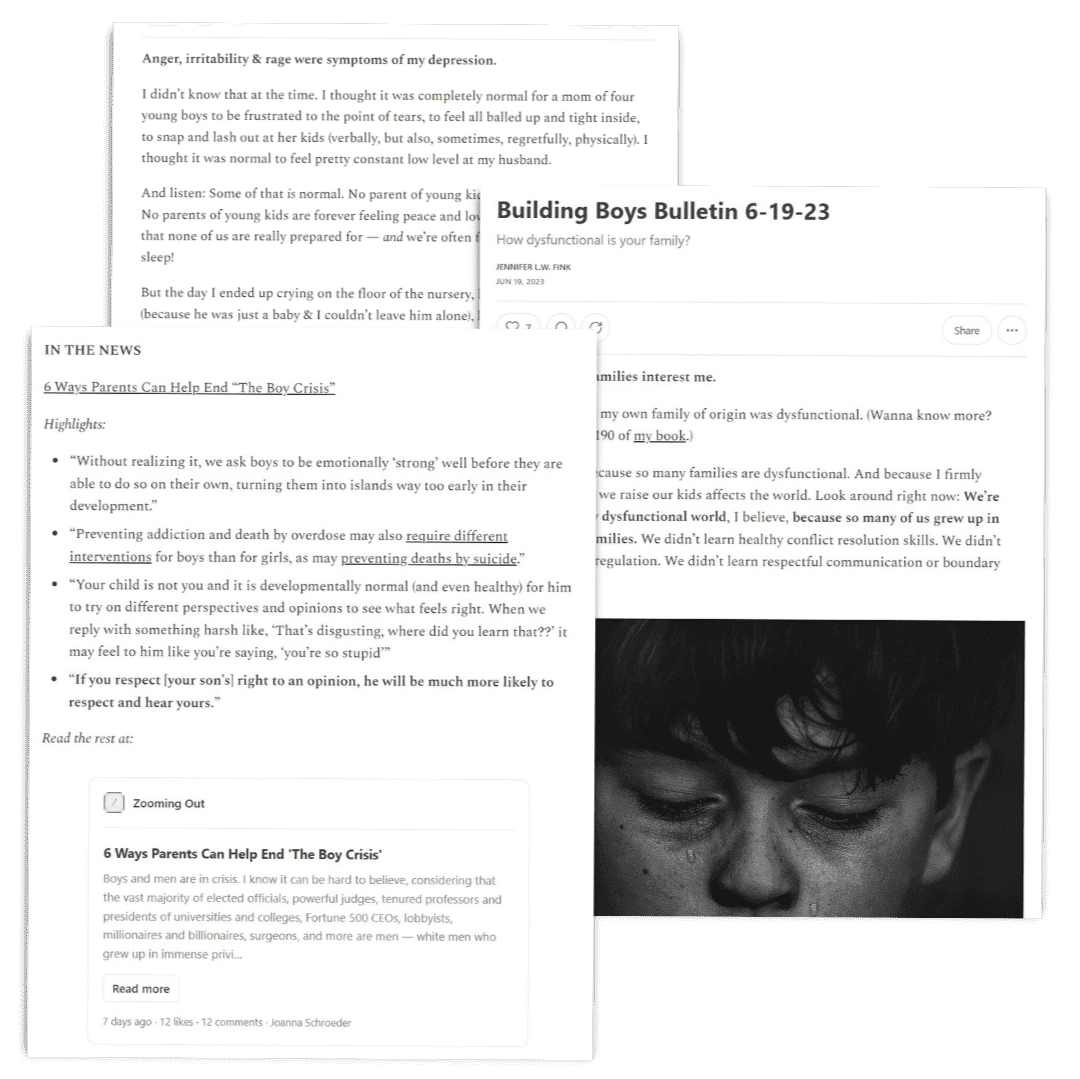

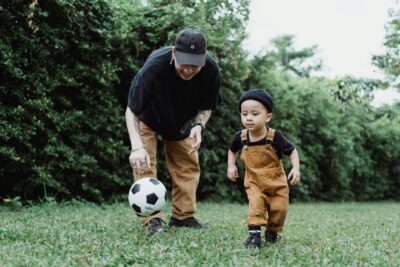

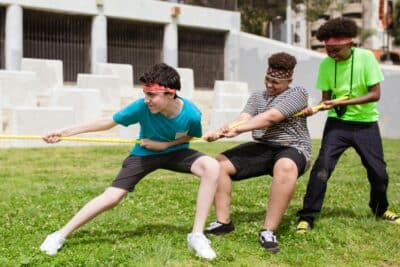
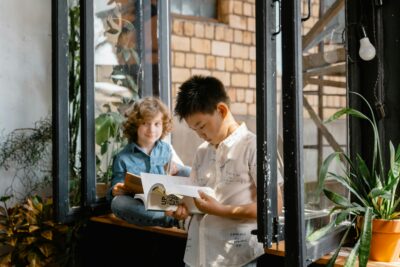
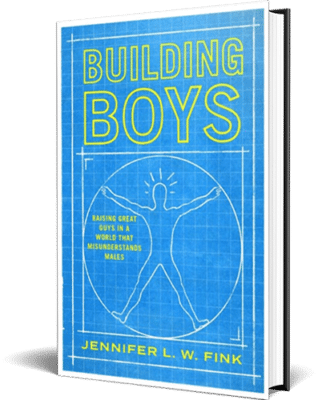
3 Responses
AGREE!!!!
I can’t imagine where we’d be if my boys were confined in a classroom all these years. I’m surprised any boy survives it sometimes.
My 18 yr old is becoming a lot less active. But, he’s not 5 anymore, I guess. And we have always encouraged and been active as a family, so I know he will come around to a good balance….
So so true. When my kids were in es most playground games like tag were eliminated and they were not allowed to remain on the playground after school. When my son was in 5th grade he and a lot of his friends like to play touch football after school until the principal banned them from staying after school on the fields. We complained and he required us all to sign a contract stating that each child would have an adult present if they stayed after school. Most kids could not get a parent to be there so I went to the board of education and pitched a fit. They allowed the kids to play only if all parents signed a waiver of liability and agreed that I could be present and responsible for their kids.
Thanks for going to bat for those kids!